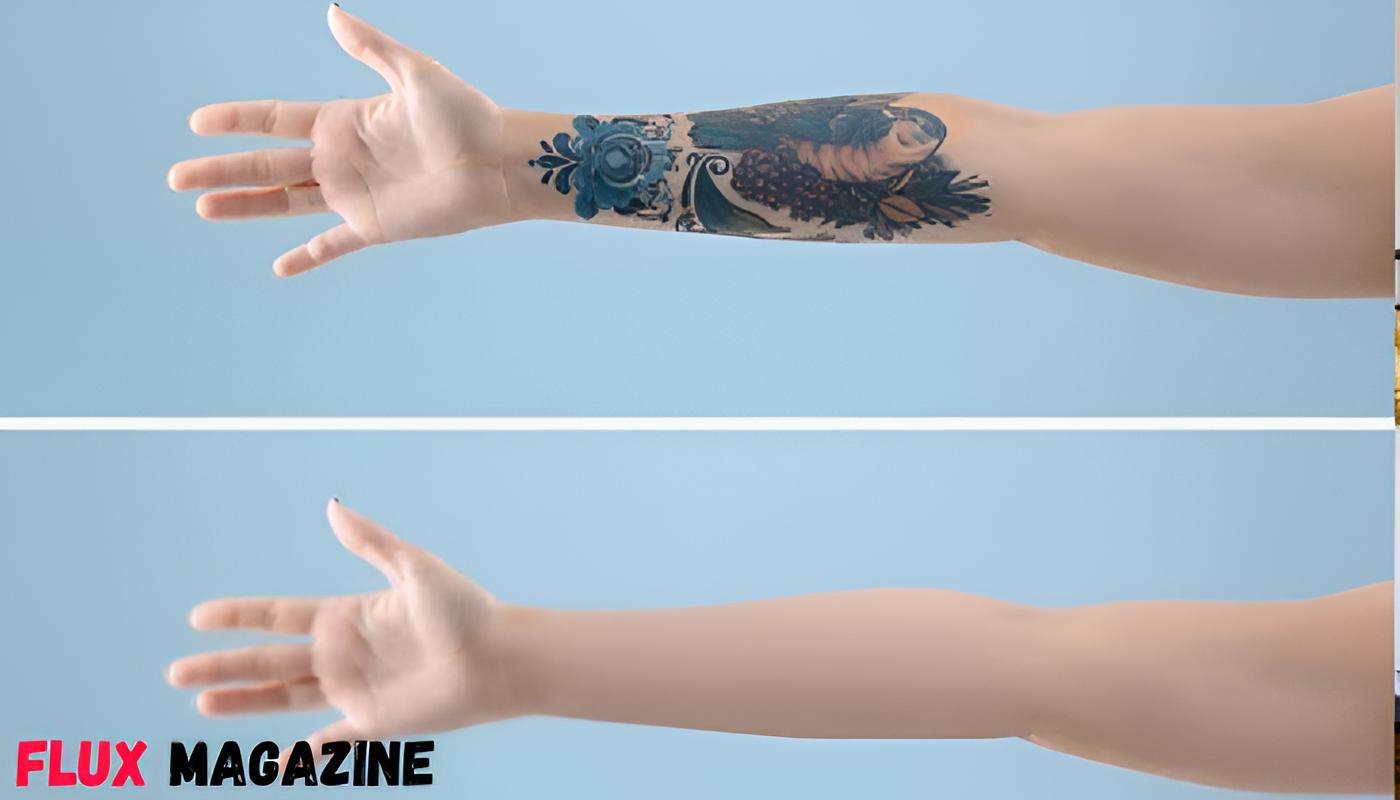Getting a tattoo can be an exciting and meaningful experience, but what happens when you change your mind or outgrow the design? Laser tattoo removal has become an increasingly popular solution for those looking to erase their ink. In this article, we’ll take a closer look at how laser tattoo removal works, step by step.
How Laser Tattoo Removal Targets Ink
Laser tattoo removal uses highly concentrated light energy to break down the tattoo ink in your skin. The laser emits short pulses of intense light that pass through the top layers of skin and are absorbed by the tattoo pigment. The light energy causes the tattoo ink to heat up and shatter into tiny particles.
The Role of Your Immune System
Once the laser breaks down the tattoo ink into smaller particles, your body’s immune system takes over. The immune system recognizes these particles as foreign objects and begins to flush them away from the site. Over the next several weeks, the body continues to absorb and eliminate the shattered ink particles, causing the tattoo to fade gradually.
The Number of Treatments Required
The number of laser tattoo removal sessions needed depends on various factors, such as the size, color, and age of the tattoo. Darker colors like black and blue are easier to remove, while lighter colors like green and yellow may require more treatments. On average, professional laser tattoo removal services Mississauga recommend 6 to 12 sessions, spaced 6 to 8 weeks apart, for optimal results.
Preparing for Your Laser Tattoo Removal Session
Before your laser tattoo removal treatment, it’s essential to protect your skin from sun exposure. Your tattoo removal specialist will also ask you to shave the area before your appointment to allow the laser to penetrate the skin more easily.
What to Expect During the Procedure
During the laser tattoo removal procedure, your specialist will apply a cooling gel to the skin to minimize discomfort. You’ll be given protective eyewear to shield your eyes from the laser light. As the laser is applied to the tattoo, you may feel a sensation similar to a rubber band snapping against your skin. The treatment typically takes just a few minutes, depending on the size of the tattoo.
Aftercare and Recovery
After your laser tattoo removal session, you can expect some redness, swelling, and mild discomfort in the treated area. Your specialist will provide you with aftercare instructions, which may include applying a cold compress, keeping the area clean and dry, and avoiding sun exposure. As the tattoo fades, you may notice some scabbing or flaking of the skin, which is a normal part of the healing process.
Potential Side Effects and Risks
While laser tattoo removal is generally safe when performed by a trained professional, there are some potential side effects and risks to be aware of. These may include temporary changes in skin pigmentation, scarring, and infection. It’s crucial to choose a reputable laser tattoo removal clinic and follow all pre- and post-treatment instructions to minimize the risk of complications.
Laser tattoo removal is a highly effective way to eliminate unwanted tattoos. By understanding how the process works and what to expect during and after your treatments, you can make an informed decision about whether laser tattoo removal is right for you. Remember to do your research and choose a qualified, experienced professional to ensure the best possible results.


















Show Comments (0)